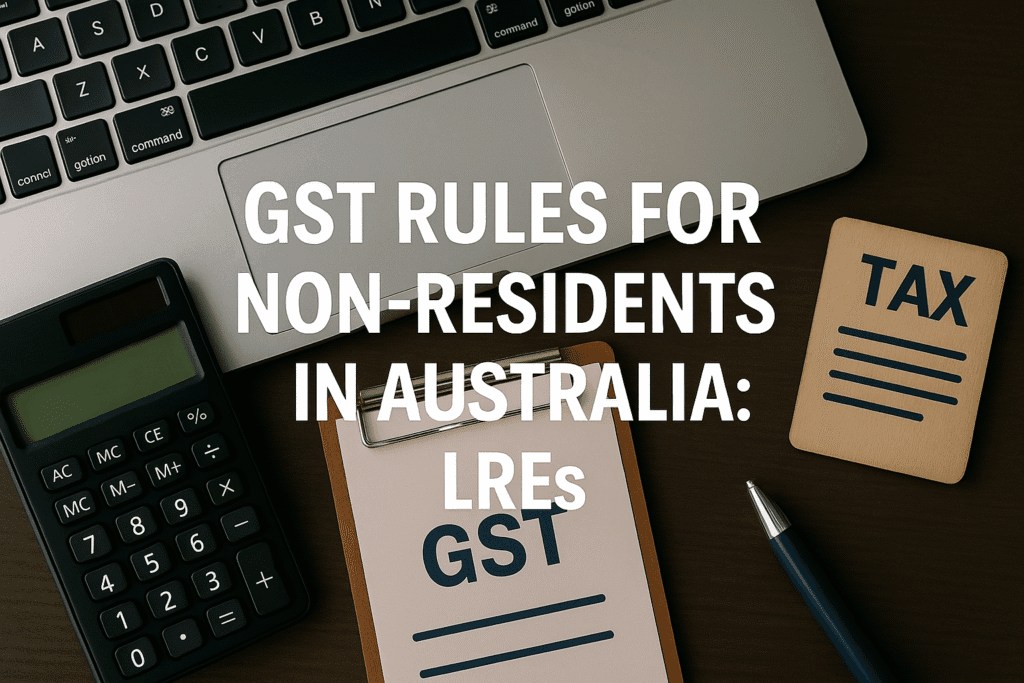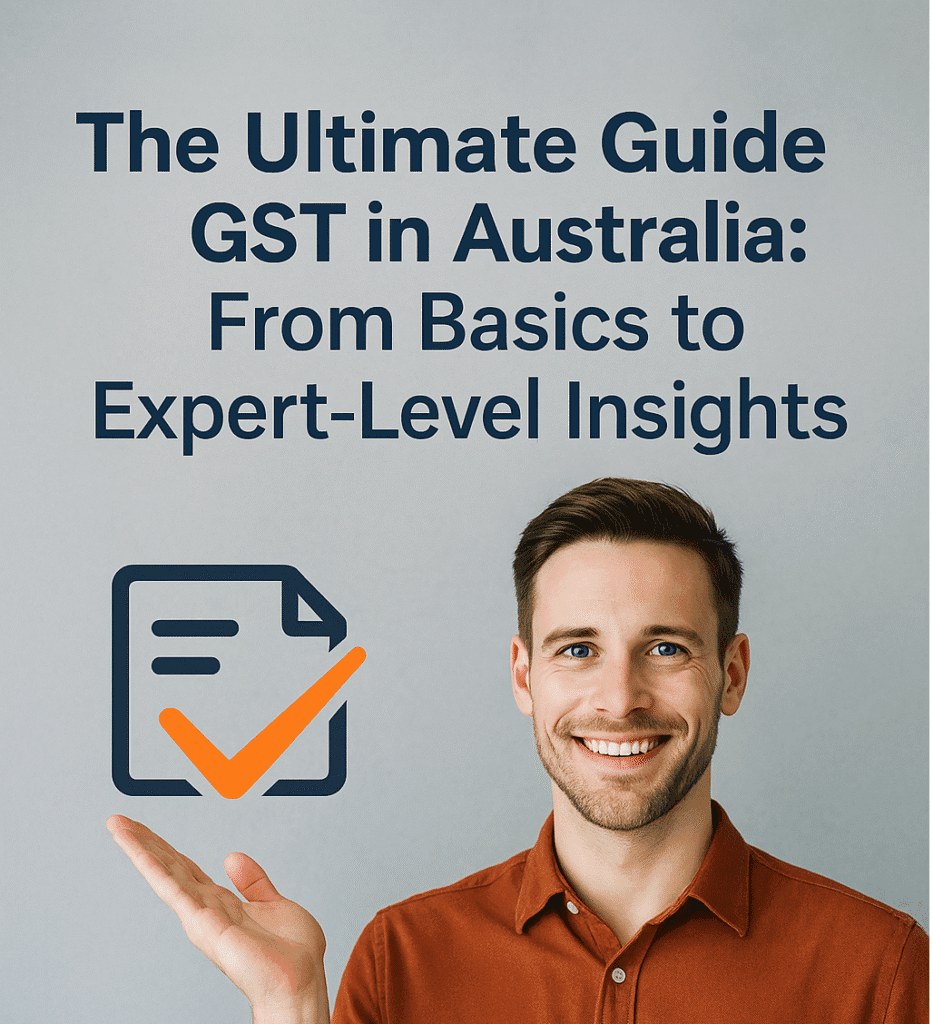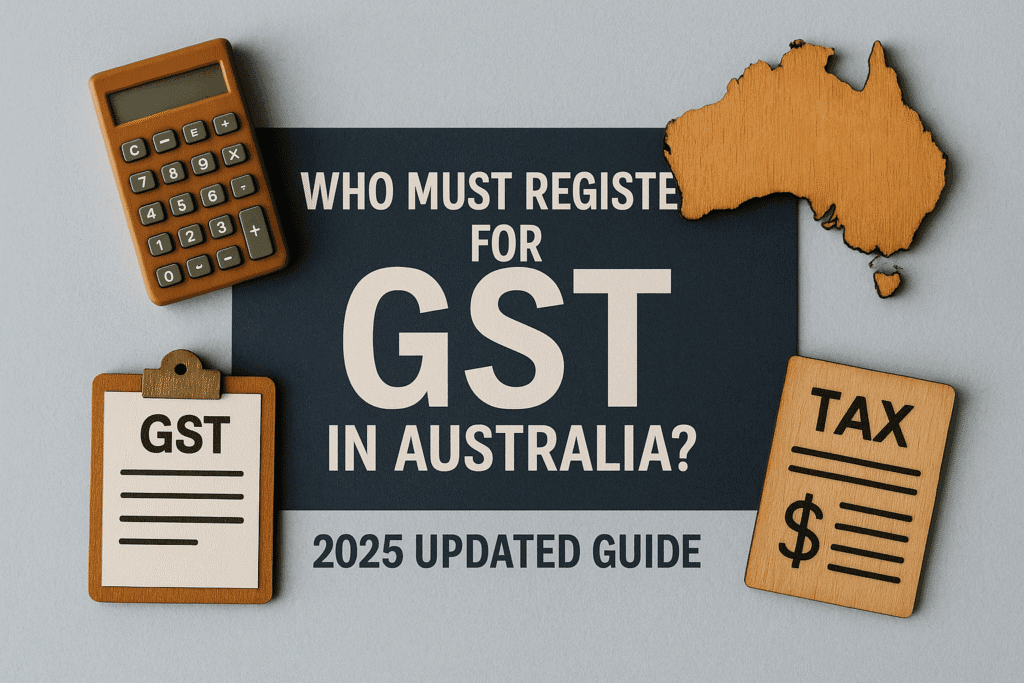Non-resident businesses making taxable supplies to Australian customers may have GST obligations — even if they do not operate from Australia. To simplify compliance, the Australian GST Act provides a special pathway: Limited Registration Entities (LREs) under Division 146 of the A New Tax System (Goods and Services Tax) Act 1999.
What is a Limited Registration Entity (LRE)?
An LRE is a non-resident entity that:
- Is not carrying on an enterprise in Australia
- Still makes taxable supplies connected with Australia (e.g., digital products or online services)
- Is not entitled to input tax credits (cannot claim GST on its business expenses)
LREs can register for GST using simplified methods and fulfill only essential obligations.
Purpose of Division 146
Introduced in 2017, Division 146 was designed to make GST compliance easier for foreign suppliers of digital products and services to Australian consumers. It reduced the burden of full registration and record-keeping when no physical presence exists in Australia.
Key Sections of Division 146 (Simplified)
- Section 146-5: Defines LRE and conditions for eligibility (non-resident + no enterprise in Australia + no input credits)
- Section 146-10: Outlines the effect of registration — registered only for GST obligations like charging and remitting
- Section 146-15: Allows the Commissioner to impose conditions or request further information
Practical Examples
Example 1: US App Developer
A mobile app developer in the US sells apps to Australian consumers via Google Play. It has no office or staff in Australia. It earns more than AUD 75,000 in a year. It must register under Division 146 and charge 10% GST.
Example 2: UK SaaS Platform
A cloud-based SaaS provider in the UK supplies services to Australian small businesses but has no office in Australia. It uses the simplified registration scheme under Division 146 and files GST returns quarterly without claiming credits.
Summary Table
| Feature | Full GST Entity | Limited Registration Entity |
|---|---|---|
| Business in Australia | Yes | No |
| Input tax credits | Allowed | Not allowed |
| GST registration | Full registration | Limited registration |
| ABN requirement | Yes | No |
| Threshold to register | AUD 75,000 | AUD 75,000 |
Penalties for Non-Compliance
If a non-resident fails to register or remit GST when required, the ATO may impose:
- Administrative penalties
- Interest charges
- Restrictions on future business activities in Australia
Legal Reference
- Division 146 – A New Tax System (Goods and Services Tax) Act 1999, Volume 2, Pages 76–78
- Sections 146-5 to 146-15
- ATO Guidance: Simplified GST for non-residents
Frequently Asked Questions (FAQs)
1. What is the GST registration threshold for non-residents?
Non-residents must register for GST if their turnover from taxable supplies connected to Australia exceeds AUD 75,000 annually.
2. Can a Limited Registration Entity claim input tax credits?
No. One of the conditions of LRE status is that the entity cannot claim input tax credits.
3. Do I need an ABN to register as an LRE?
No. Under Division 146, LREs are not required to obtain an ABN.
4. What supplies are typically made by non-residents that require GST registration?
Digital products (apps, e-books), SaaS, online streaming, website subscriptions, and other B2C services.
5. How do I register under Division 146?
Use the ATO’s online services for non-residents to apply for simplified GST registration. No ABN is required.
6. Can a non-resident still register fully for GST instead of LRE?
Yes, but then they must meet full GST obligations, including ABN registration, maintaining business records in Australia, and possibly claiming input credits.
7. Are B2B supplies included in Division 146?
No. Division 146 primarily targets B2C (Business to Consumer) supplies. For B2B transactions, the reverse charge rule under Division 84 may apply instead.



